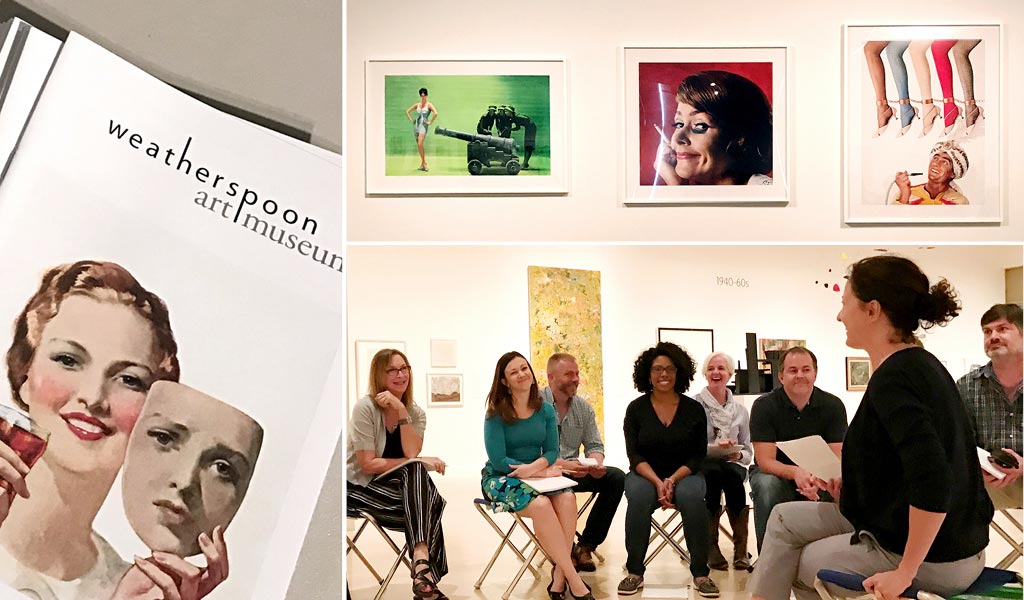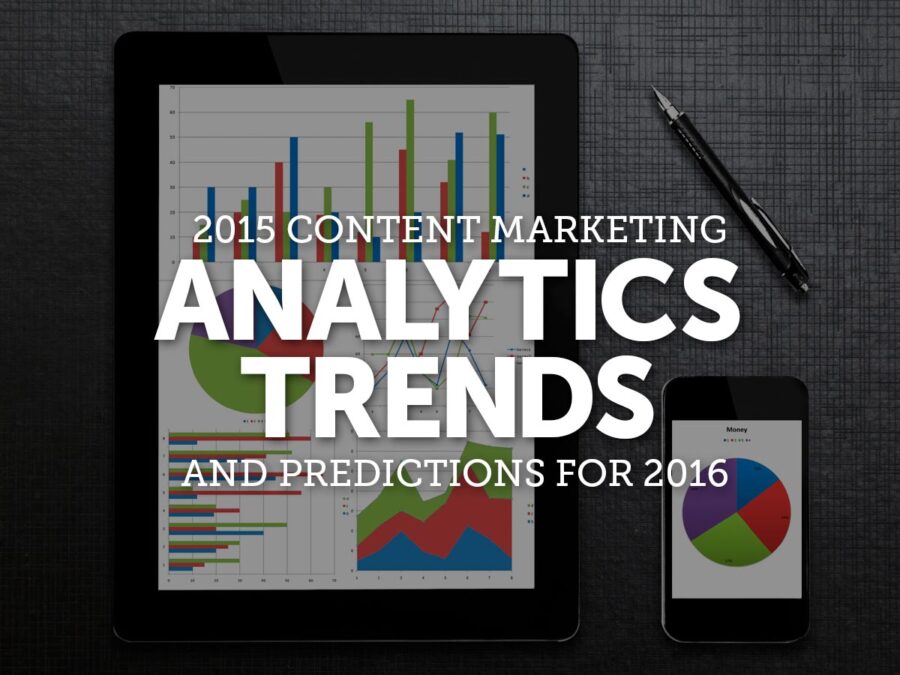What is the least artistic thing on your desk?
A sticky note? A pencil? A roll of tape?
Describe it using only objective observations. You might say that the sticky note is small and square. The pencil is sharp and made of wood and graphite. The tape is round and sticky. Those are objectively true statements, right?
The sticky note is indeed square. The pencil is most certainly made of wood and graphite. The roll of tape is undoubtedly round. These are the objective observations, but what about the other observations?
Well, the sticky note is small compared to a dump truck, but it’s gigantic compared to a staple. The pencil might be sharper than your coffee mug, but it’s not nearly as sharp as a surgeon’s scalpel. And sure, the tape is sticky next to an ice cube, but what about super glue? While these observations seem obvious, they are in fact subjective—they could be argued.
This was the first exercise in “seeing” for a group of creative personnel from Pace visiting the Weatherspoon Art Museum on the campus of UNC-Greensboro. We passed an old receipt around our meeting room while our instructor, Curator of Education Ann Grimaldi, challenged us to only see the objective details (the receipt is square and made of paper) while avoiding the subjective (the receipt is faded and thin).
Though this may seem like a frustrating trick question, reorienting ourselves to the line between “objective” and “subjective” is a necessary exercise in understanding how personal interpretation can have a serious impact on our work as marketers.
Searching for Information
While our initial task proved a valuable learning experience, it was time to move into the galleries; we were in an art museum, after all. We crossed the hall to a gallery of illustrations and photos with seemingly nothing in common. These pieces were from a series by Hank Willis Thomas entitled Branded: A Century of White Women, 1915–2015, in which he took advertising campaigns from each of those years and stripped away all logos, copy or any other indicator of their original purpose.
We settle in front of a piece from 1924 that’s reminiscent of a Norman Rockwell painting. It depicts three women in a bedroom—one is clearly a domestic worker, the other two of less apparent description. We are asked to write down our observations of the work—objective and subjective. When we reconvene, we share observations such as the color of the wall, to time of day, to inferences of a romantic relationship between the two ambiguous characters. Our instructor pushes us to offer evidence of our observations, challenging our newly attuned seeing skills.
Once we have offered our best guesses as to the work’s meaning, it’s explained to us: It’s an ad for Linit starch. While most of us had focused our attention on the the preening woman in the red dress, once we saw the work in full context, it became clear that the housekeeper and the seated woman were admiring the quality of the starch on their fabrics.
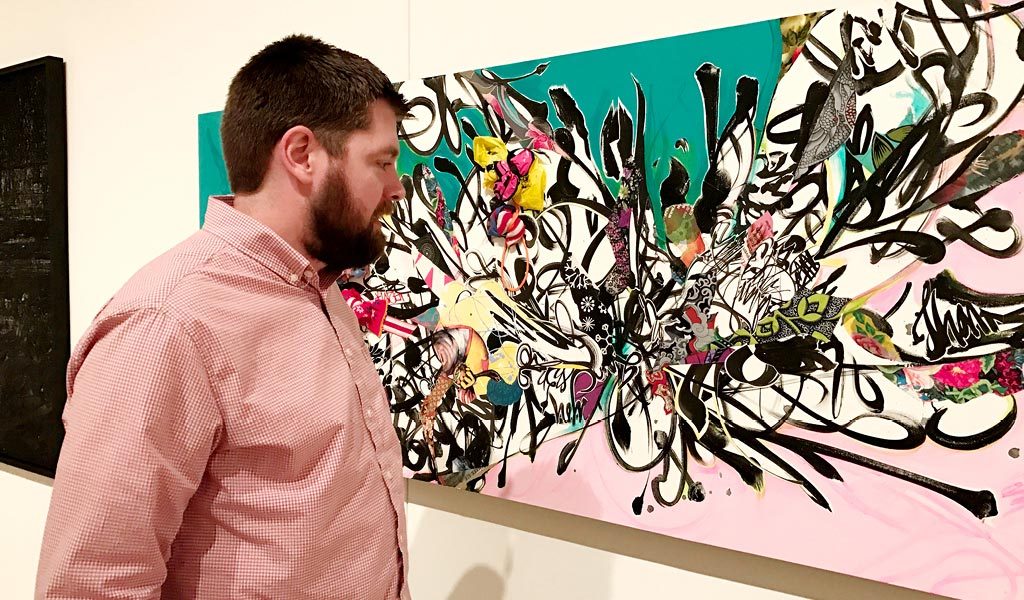
We learn the first lesson of the day: Without clear context, meaning and intent can be easily lost.
Outside Influencers
We then make our way to the museum’s outdoor sculpture garden, settling around a large, yet simple, glass piece. Here our lesson in looking takes an unexpected turn — we are asked to close our eyes. Our instructor asks us to not think about the sculpture in front of us, but instead to turn our focus to our environment. We spend a few minutes in silence, noticing the feel of the breeze, the smell of exhaust from the nearby busy street and the sounds from several speakers above our heads, a “sound sculpture” of noises gathered across North Carolina.
We then open our eyes and turn our attention to the glass sculpture and begin to make notes on what we see. After spending time focusing on our surroundings, we see the piece not as a standalone object but as something that mirrors the world around it. We see the reflection of nearby bamboo trees. We observe the optical illusions created by the sculpture’s distinct shapes, clear glass and one- and two-way mirrors. The piece is not simply a few plates of glass and metal; it’s constantly changing and adapting with its surroundings.
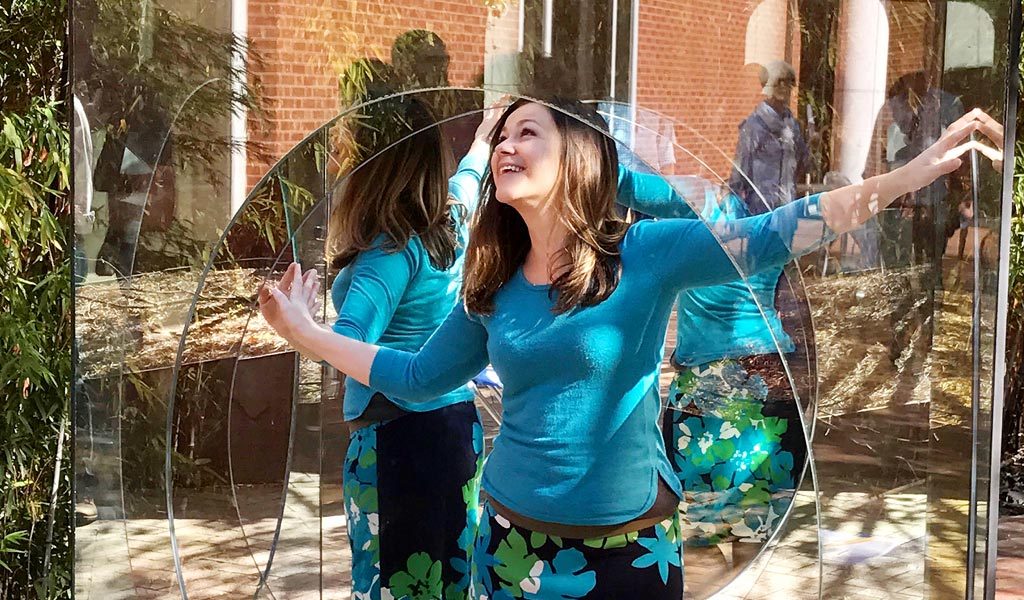
The second lesson of the day: Our environment shapes our experiences.
For Your Eyes Only
Our final exercise takes place in the newest exhibit, which showcases pieces acquired in each decade of the museum’s 75-year history. We pair up and are assigned a selected painting or sculpture from the room of primarily abstract works. But of course, there is a catch. We must describe the piece while our partner faces away from it. In three minutes, we must communicate size, style and imagery, strictly through words.
As my partner describes a somewhat surreal painting featuring two women with white horses strapped to their backs, I paint a bizarre image in my head, all the while desperately wanting to turn around and see the work myself.
When I can finally look at the image, it is wildly different than my vision, but I can see the inspiration for my partner’s descriptions.
It was then my turn to paint a verbal picture. The piece was a blend of graffiti, found objects and calligraphy, with several unrelated patterns thrown in for good measure. I attempt a surgical approach, sticking as much as possible to measurements, colors and clear patterns. At the end of my three minutes, my partner seemed as surprised by what she saw as I had been by the horse-toting women.
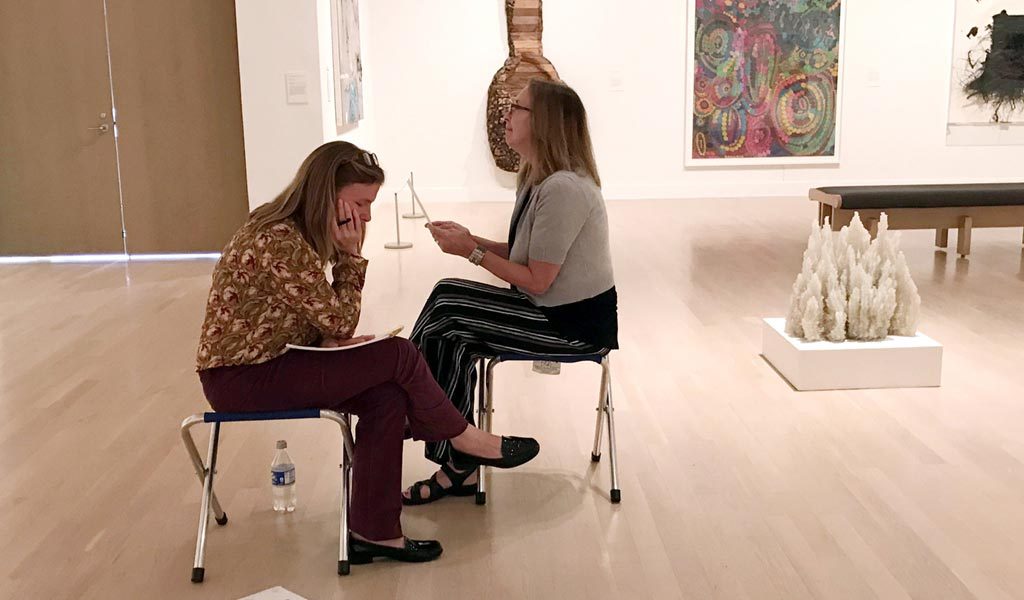
The third lesson of the day: Communication can shape (and reshape) an object or idea’s identity.
Applying Art to Content Marketing
Perhaps what was most surprising about our artistic exercise was its origin. This program was not created for artists or graphic designers, but rather for students studying kinesiology and sports medicine. By learning to see more effectively, they can be more perceptive of their patients’ needs and better communicate with their patients and colleagues.
While it may seem obvious that keen observation is essential to effective content marketing, we often fail to take the time to look through our audience’s eyes rather than our own. Does your team take the time to consider how an audience will perceive the meaning of your message? Does it consider the environment in which the message will be consumed? Are you sticking with what’s always worked or stopping to consider the most effective way to communicate with your audience?
Although it’s easy to point to demographic research and analytics reports, a truly effective content marketer must use that information to see the world through the eyes of their target audience. Only by understanding their environment and influencers, both intended and incidental, can we craft a message that will actually affect behavior.
